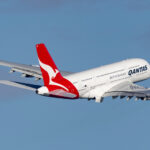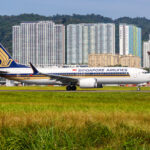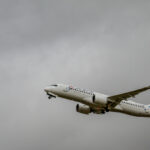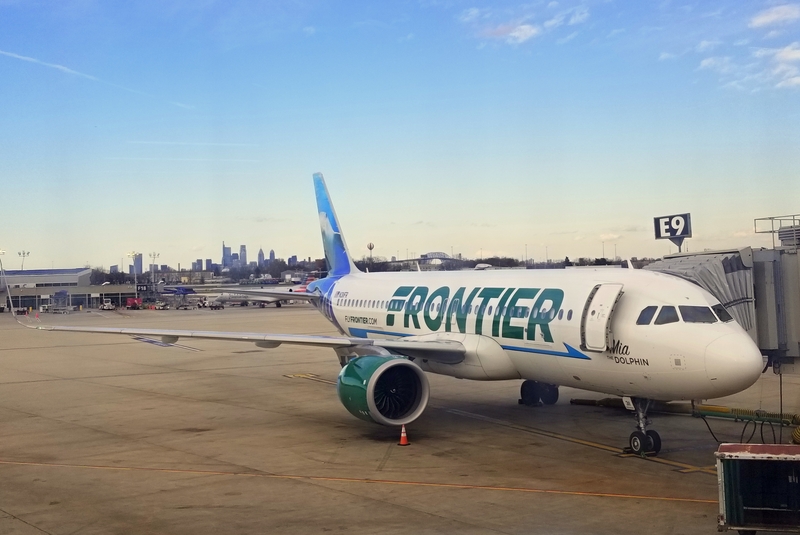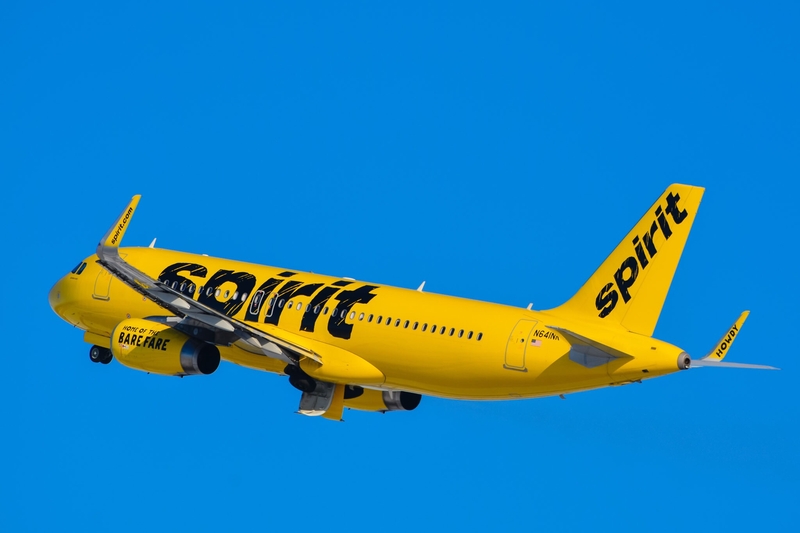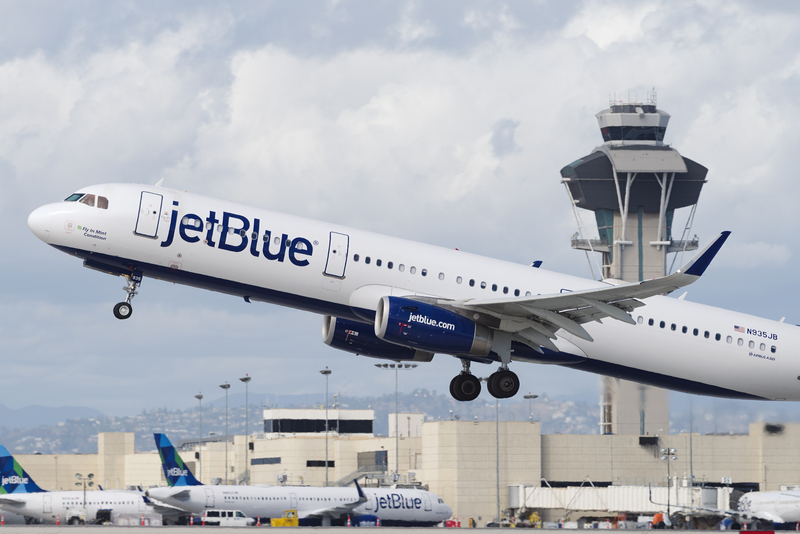QantasLink Completes Retirement of Boeing 717 Fleet After Over 20 Years of Service
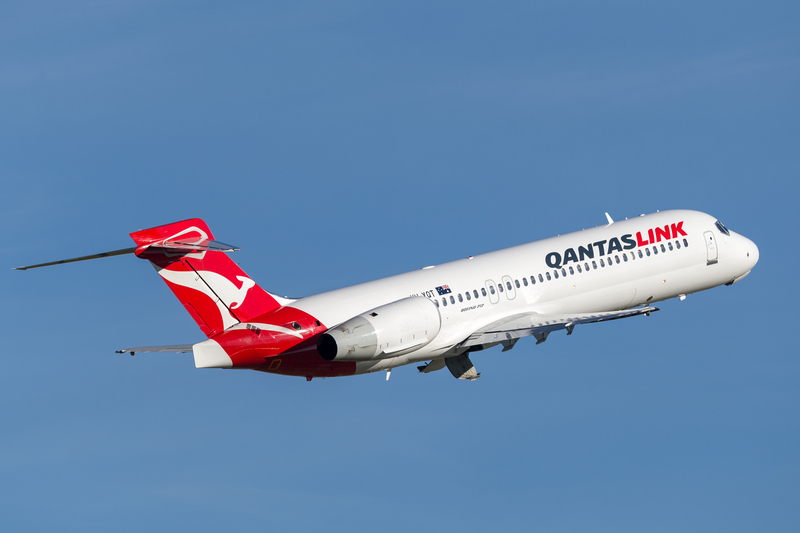
ID 97165705 © Ryan Fletcher | Dreamstime.com
QantasLink, the regional subsidiary of Qantas Airways, has officially retired its Boeing 717 fleet, marking the end of over two decades of service for the iconic aircraft within the airline’s operations. This move, part of QantasLink’s broader fleet renewal strategy, underscores the airline’s commitment to enhancing efficiency, sustainability, and passenger experience with newer and more fuel-efficient models. The retirement of the Boeing 717 aligns with Qantas’s long-term goals to streamline its regional fleet while addressing increasing fuel costs and environmental considerations.
The departure of the Boeing 717 from QantasLink’s fleet represents a significant transition, both for the airline and for the broader Australian regional aviation market. The 717s served as a backbone for QantasLink’s operations, connecting numerous regional cities across Australia and providing reliable service to passengers in areas with limited air travel options.
Historical Significance of the Boeing 717 in QantasLink’s Operations
QantasLink first introduced the Boeing 717 in 2002 to replace older aircraft and meet rising demand for reliable regional services. The aircraft proved highly suitable for Australia’s unique geographical challenges, with its short-to-medium range capability, durability, and capacity to operate efficiently on regional routes. Over the years, the Boeing 717 has become a familiar and trusted sight at regional airports across Australia, establishing itself as a mainstay of QantasLink’s domestic operations.
The Boeing 717, originally developed by McDonnell Douglas as the MD-95 before the company merged with Boeing, is a twin-engine, narrow-body aircraft that can accommodate around 110 passengers. Known for its reliability and efficiency on shorter routes, the Boeing 717 has been a strong performer in regional markets worldwide. Its versatility and rugged design allowed QantasLink to serve a variety of destinations, from bustling city hubs to remote regional airports, cementing its legacy in the Australian aviation sector.
Transition to a Modernized Fleet
The retirement of the Boeing 717 is part of QantasLink’s comprehensive fleet modernization plan. QantasLink has been phasing out older aircraft models to make way for next-generation regional jets that offer greater fuel efficiency, reduced maintenance costs, and improved passenger amenities. The airline’s fleet renewal plan includes replacing the retired Boeing 717s with Airbus A220 aircraft, which have been selected for their advanced fuel efficiency and range capabilities, making them well-suited to Australia’s expansive regional network.
The Airbus A220, known for its quiet cabin and reduced carbon emissions, aligns with Qantas’s broader sustainability objectives, as the airline aims to achieve net-zero carbon emissions by 2050. The introduction of the A220 allows QantasLink to reduce its environmental impact significantly, as the aircraft consumes 25% less fuel per seat compared to older models like the Boeing 717. Additionally, the A220 offers improved range, enabling QantasLink to consider new, longer regional routes that may have been impractical with the Boeing 717.
The shift to the A220 is also expected to enhance the passenger experience, with modern cabin interiors, larger windows, and a quieter, more comfortable ride. The cabin configuration of the A220 provides greater legroom, wider seats, and more personal space for passengers, catering to the needs of both leisure and business travelers.
Impact on Regional Connectivity and Service
QantasLink’s Boeing 717 fleet played an essential role in connecting Australia’s vast regional landscape, serving routes that bridged the gap between major cities and remote communities. Destinations such as Canberra (CBR), Hobart (HBA), and smaller hubs like Port Lincoln (PLO) in South Australia benefitted from the reliability and efficiency of the Boeing 717, which proved ideal for these routes. The 717’s retirement will result in route adjustments and operational changes, but the addition of the A220 is expected to bring enhanced capabilities and allow QantasLink to further expand its regional footprint.
By replacing the Boeing 717 with a modernized fleet, QantasLink is positioned to increase its regional connectivity options and explore potential route expansions. The A220’s greater range and efficiency allow QantasLink to reach new markets, offering opportunities to establish routes that were previously unfeasible with the 717’s limitations. For regional passengers, this translates to more direct flights and increased options for connecting to Qantas’s mainline services.
Additionally, QantasLink’s transition to the A220 reflects a commitment to maintaining high service standards while addressing evolving passenger expectations for comfort and environmental responsibility. The A220’s quieter engines and advanced cabin design offer a marked improvement over older aircraft, meeting modern standards for passenger experience.
Industry and Environmental Implications
The retirement of the Boeing 717 fleet comes at a time when airlines worldwide are increasingly focused on achieving sustainability goals and responding to regulatory pressures related to carbon emissions. As fuel costs and environmental regulations become more stringent, fleet renewal is not only a matter of cost efficiency but also a strategic necessity for airlines aiming to remain competitive. By replacing the 717s with the A220, QantasLink positions itself as an industry leader in sustainability, contributing to Qantas Group’s overall target of reducing its environmental impact.
The move also underscores a broader trend within the aviation industry, as airlines globally retire older, less efficient aircraft in favor of newer models with advanced aerodynamics, reduced fuel consumption, and enhanced passenger comfort. The retirement of the Boeing 717, while marking the end of an era, aligns with industry shifts toward greener and more economical operations. This trend is evident across both major carriers and regional airlines, as fleet renewal strategies become a central focus of operational planning.
Farewell to the Boeing 717: An Era Comes to a Close
QantasLink commemorated the final flight of the Boeing 717 with a farewell event, acknowledging the aircraft’s invaluable contribution to Australia’s regional air travel network. The retirement of the 717 signifies a nostalgic farewell for QantasLink staff and loyal passengers who have flown on the aircraft across the country for more than two decades. While the A220 represents a new chapter with promising technological advancements and sustainability benefits, the Boeing 717 leaves behind a legacy defined by reliability, resilience, and an integral role in regional Australian aviation.
Stephanie Tully, QantasLink CEO, commented on the retirement, stating, “The Boeing 717 has been a workhorse for QantasLink and an essential part of our regional fleet for over 20 years. We’re incredibly grateful for the role it has played in connecting communities across Australia and for the legacy it leaves. As we look to the future, we’re excited to introduce the Airbus A220 to our regional network, allowing us to continue delivering exceptional service while meeting our sustainability goals.”
Bottom line
The retirement of QantasLink’s Boeing 717 fleet marks a significant shift within Australian aviation, signaling QantasLink’s dedication to innovation, passenger experience, and environmental responsibility. As the Airbus A220 takes the place of the iconic 717, QantasLink is set to enhance its operational efficiency and expand its regional connectivity, benefitting passengers and communities throughout Australia. This transition exemplifies QantasLink’s forward-thinking approach, positioning the airline to meet evolving demands in the regional travel market while maintaining a commitment to quality and sustainability.
